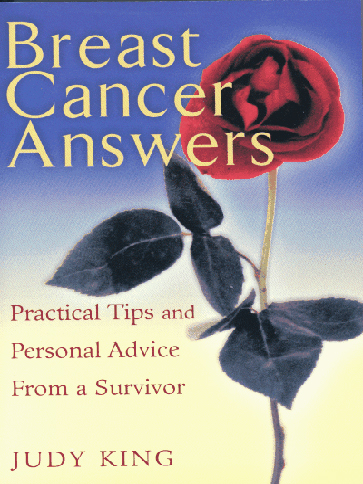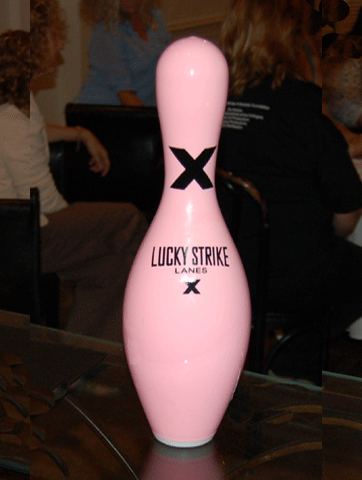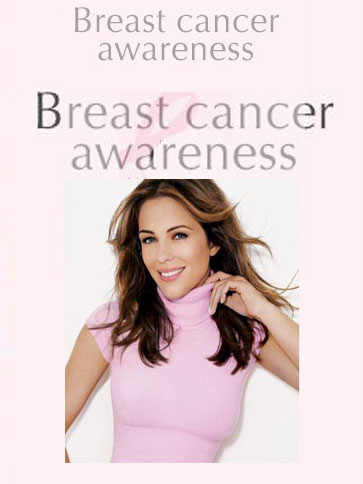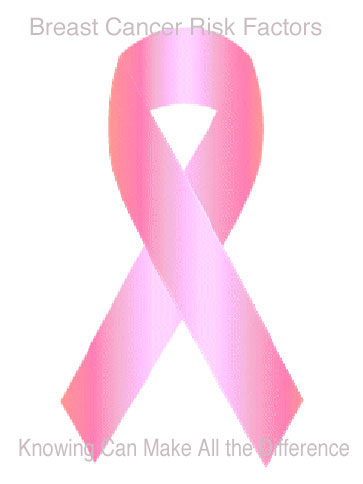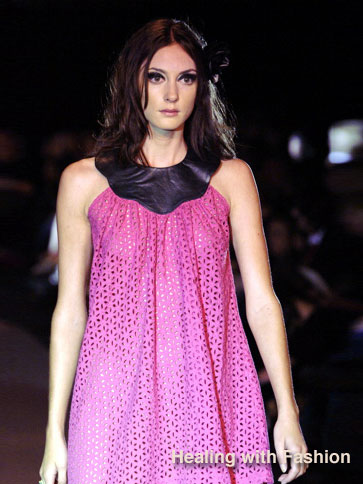Divas for a Cure – Bikers Promoting Breast Cancer Awareness and Raising Funds for Breast Cancer Research 
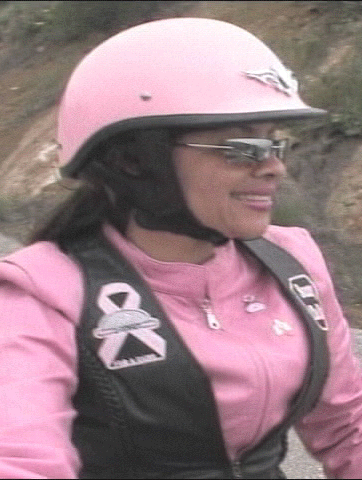 Ladies on motorcycles fighting breast cancer. What a wonderful idea! But is “ladies” too soft of a word? Though these women are true ladies, they represent a demographic that may have been overlooked in the fight against breast cancer. Divas for a Cureconsists of a core group of women who ride motorcycles. Jan Emanuel, the founder, is a breast cancer survivor, who has taken her bike along with a host of other divas to help spread the word about breast cancer awareness to the biker community. Last July I had the privilege of interviewing Jan during her 23-day ride across the country. Lucky for me, she was riding along with two other divas through Los Angeles.
Ladies on motorcycles fighting breast cancer. What a wonderful idea! But is “ladies” too soft of a word? Though these women are true ladies, they represent a demographic that may have been overlooked in the fight against breast cancer. Divas for a Cureconsists of a core group of women who ride motorcycles. Jan Emanuel, the founder, is a breast cancer survivor, who has taken her bike along with a host of other divas to help spread the word about breast cancer awareness to the biker community. Last July I had the privilege of interviewing Jan during her 23-day ride across the country. Lucky for me, she was riding along with two other divas through Los Angeles.
Jan Emanuel is the founder and president of Divas for a Cure. She joined me with Divas treasurer AJ Jemison and Divas rider Kim Terrell. Divas for a Cure was founded by Jan Emanuel, based on her own bout with breast cancer. Not only did she survive three bouts of cancer, but she also suffered from a stroke and cardiac arrest. She has proven that if you put your mind to it, you can do so much more than you ever imagined. Most people who have experienced such debilitating illnesses are just grateful to be alive, much less riding their Harley for 23 days straight—and August 14, 2006, Divas for a Curecompleted their mission and arrived safely in Jan’s hometown of Oakland, California.
At 22 I was diagnosed with cancer and I had two different bouts—a tumor in my head, one in my chest. At 28 I had a cardiac arrest and a stroke, so I decided that there would have to be some changes in my life and I wanted to encourage other women to stay healthy and stay positive, and to do something that would bring attention to women’s health issues, and I think Divas for a Cure is birth of that. And it’s divas, meaning plural.
About a year and a half ago, Jan had to go back to the doctor, and the fear of knowing there might be a reoccurrence caused her to make a change in her life. She decided to get other women involved. Figuring that other women were going through the same experiences as she was, she decided to go online.
Real Divas Ride is an online motorcycle forum. I wanted Real Divas Ride to have a purpose in helping so we launched Divas for a Cure. We needed it to be a non-profit so we could get other people to join in the effort. And in that effort I decided to bring some other people on board. In the beginning I did an outline for Divas for a Cure. Initially, I expected to make a cross-country journey and deliver literature to the different dealerships. It came to me that the dealerships could participate in the event by calling some of their clients and constituents to get involved so we could reach an even larger audience.
Divas for a Cure left from San Francisco to Los Angeles to Las Vegas to Albuquerque to Houston, then finally, to The National Bikers’ Roundup.
The roundup actually brings in 10,000 to 40,000 bikers annually, with at least 10,000 daily, and that is a large audience. Biking used to be predominantly men, but it has changed. Now women are riding bikes. And that is an audience that doesn’t often get the medical information that is needed. So we want to create awareness and reach that target audience. We also have a core group of people that support each other in various events so we clearly would be able to bring those two together to reach the biker community—to reach that audience that may not get their health care needs met, and to also raise money.
Kim Terrell, a biker who works for IAC, formerly known as Ask Jeeves and now Ask.com, was excited to share with Jan that for each $50 contribution each employee from her company donates, IAC will match it.
Divas for a Cure provided a rider’s pledge on the website Divasforacure.org, where visitors could make contributions online, and each contribution would be matched by corporate sponsors, one of which is Harley Davidson, who asked some of their independent dealerships to allow Divas for a Cure to use their parking lots during the ride for approximately two to three hours at each dealership, where the riders met and greeted other bikers in the area. From that point, those bikers would be able to ride with Divas for a Cure to their next destination. This allowed them to get that much needed information out.
We encourage everyone to ride, whether it’s a Honda, Kawasaki, BMW, and especially a Harley. Ninety cents of every dollar goes to cancer research. We’re also launching a wig program for women going through chemotherapy. We believe the look helps to improve the health.
On the 23-day ride, there were seven women and one male rider, including chase vehicle riders. On the route there are pickup riders who ride to a destination and ride for as far as they can go. The next group met up with the Divas in the next city and took them into the next dealership.
AJ Jemison shed some light on just how phenomenal this ride really is.
Pledges go to Firstgiving.com and divasforacure.org, which will link you to the pledge site linking you to the appropriate places to help support the cause. We mentioned this is a run, and a typical run lasts four to five hours on a given day. This is 23 days around the United States, and totally out of the norm. But what we take cross-country is truly information—accurate information. A lot of these women may not ever learn about the risks of breast cancer without this information, and it’s important to know that these riders are all volunteers from different walks of life and careers.
On the website, there are links to breast cancer information, video and early detection literature as well as the latest breast cancer findings. Divasforacure.org identifies hospitals and organizations that have research facilities, as well as those that specifically target breast cancer.
Jan Emanuel –
If you call, you get a real person on the phone. Feel free to send comments. Riders have a pledge, and we’re competing with each other to raise the most money. You can provide services too. There are companies that can donate a service to help create awareness. We welcome your participation. I work in property management, so just having the time off to make this trek is something that my company is giving me, and they are making a donation.
AJ Jemison –
The women who are riding it are doing it voluntarily, and taking off work. I am doing my vacation to do this from here to Florida. We are that committed for all the right reasons. Jan had breast cancer and my mother is a survivor of eight years. We all have our own reasons for doing the ride, but we do it because we care even about those strangers who we never met. When my mother was diagnosed with breast cancer, I was there literally twelve hours later and stayed with her throughout the entire surgery. When you know what that feels like, and you can share that experience with someone, it really adds something: “Someone else knows what I am going through.” When you lose your hair, and in my mother’s case, like getting it shaved off before you see the clumps in your comb after your cancer treatments, these are simple things, but the emotions that come with them are so incredible. [I think about the hair stylist and the barber that shaved my mom’s head], women need to know that they are beautiful from the spiritual perspective. But when you look at the outside, you can still look good because that’s what a diva is all about—looking good no matter what. If you got that beauty on the inside, it can’t help but show on the outside.
When Jan Emanuel was originally diagnosed twenty-two years ago, doctors wanted to do immediate radical surgery. I was a little bit vain about it. I elected the lumpectomy, and as a result every year there is a greater chance for reoccurrence because they leave the breast tissue there and take only the affected tissue out.
Doctors are adamant that you do monthly self-breast exams, and do annual mammograms. For Jan it came sooner than later. She had been getting mammograms long before she turned 40.
It’s always a fear that the next lump may be a malignant lump. But I have friends around me that say you beat it once and you’ll beat it again. I am adamant about making sure that I check myself regularly. It was frightening knowing that it could kill me. 22 I was a little immature and only cared about saving the breast. But now that I am older, I realize, wow, I could have died. Now I am in the past 40-category. When I find a lump, I go in immediately to see my doctor because finding the lump is the first call of action. Getting the doctors to examine it with a biopsy, x-ray, or ultra sound is even more crucial. It is also very important that you regularly monitor your health with diet and exercise—those things are key.
Highest High
Launching the Website and the immediate letter we received from the IRS with our 501C3 status, because that meant that we could start eagerly promoting breast cancer awareness and raising the funds. And people would be more apt to help. When you establish a 501C3, it’s important that you honor your commitment and that those dollars reach those people for whom they were intended.
Lowest Low
Not getting the immediate corporate support we thought we would get. It takes a combined effort from resources. But having friends and family support made that low not a blow.
Divas for a Cure has raised more than $35,000.00 with no marketing and advertisement. Their hope is to get the media behind them in hopes that it will make an impact publicly through press releases, radio, and their Public Service Announcements. In the near future, they are hoping to reach six figures.
To learn more about Divas for a Cure, visit their website atwww.Divasforacure.org .
Interview by Kaylene Peoples
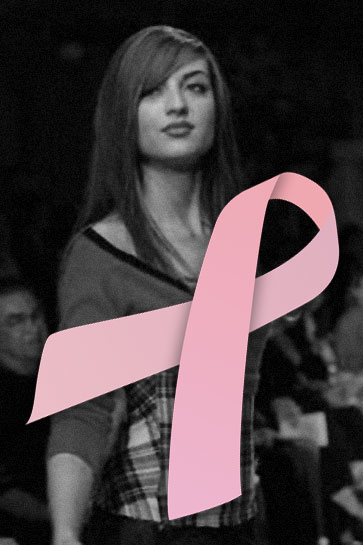 What’s pink and green and full of love? With fantastic food, featured femmes, and fabulous fashions? The Susan G. Komen Los Angeles County 7th Annual “Fashion for the Cure” Gala, held at 2 Rodeo Drive in Beverly Hills on Tuesday, October 23 rd !
What’s pink and green and full of love? With fantastic food, featured femmes, and fabulous fashions? The Susan G. Komen Los Angeles County 7th Annual “Fashion for the Cure” Gala, held at 2 Rodeo Drive in Beverly Hills on Tuesday, October 23 rd !